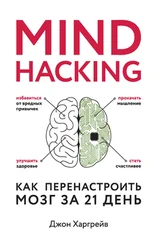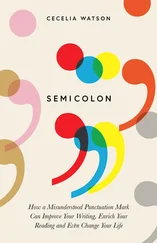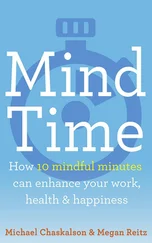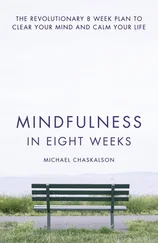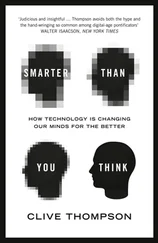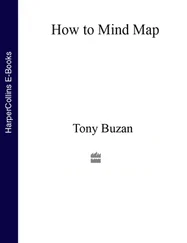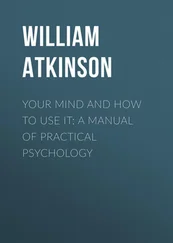Each week, he gave his students a quiz on their weekly reading assignment so he could get instant feedback on what was working. “Now I’m running in a tight feedback loop. If the students read Chapter 3, and everybody does well on the reading quiz, then I can move on. If everybody reads Chapter 3 and nobody can do the reading quiz, that tells me instantly there is something wrong with Chapter 3 that I need to fix for the next iteration.”
In agile programming, Downey’s textbook would be called a “Minimum Viable Product,” which, like JBGE, lets us quickly release a product so that we can test, learn, and improve. Compare this with the alternate approach, which we might call “Maximum Perfect Product,” i.e., we can only release software that is 100 percent bug-free, we can only write books that have been edited to perfection, and we can only write down personal goals once we have deemed them to be absolutely perfect.
Even with its flaws, Downey found that his textbook was far better than the textbook he had been using, and this “rapid feedback loop” helped him iterate quickly. By the time he had taken two or three classes of students through the book, he had developed something that was working very well. In a beautiful bit of meta-creation, Downey had applied great programming philosophy to his own programming textbook: “Release early, release often, get feedback, and improve.”
But that was only one of the things that made Downey’s textbook experiment so radical. The other was that he gave the textbook away for free . In subsequent years, he developed several textbooks, including How to Think Like a Computer Scientist , and distributed them under Richard Stallman’s GNU license, which means that readers are free to copy, modify, and distribute them. He started his own publishing company, guided by one simple manifesto: “ Students should read and understand textbooks. That’s it .” 13
Giving away his work spread it to a worldwide audience: his free textbooks have now been translated into multiple spoken languages (French, German, Mandarin, etc.) and adapted for multiple programming languages (Ruby, Python, Eiffel, etc.). As his fame grew, the premier technical publisher O’Reilly Media contracted him to write a new series of textbooks, he received an offer to become a Visiting Scientist at Google, and he’s now a professor of computer science at the prestigious Frank W. Olin College of Engineering.
Not bad for a two-week writing rampage.
Concentrate, Then Write
One of the reasons I have been so adamant about writing things down throughout this book is because of the power that comes from writing—the magnificent capability we all have of creating something from nothing. With mind hacking, you are like an architect creating a blueprint for your life, and blueprints are only useful if they’re actually written down. (That’s why they’re not called blue thoughts .)
Your mind hacking skills will be greatly strengthened by simply writing things down after your daily concentration game, which I trust you have been diligently practicing since Section 1.4. The idea is to spend twenty minutes in concentration, then a few minutes writing your positive loops. It’s a total time commitment of less than half an hour.
If you were going to school for an advanced degree, or working on a big new project, you would expect to spend far more than half an hour a day. How much more important is working on your own mind! Far more valuable than learning a new skill or getting a certificate, the time you invest each week in mind hacking is time that will pay off for the rest of your life.
It’s never been easier to write things down. You probably carry your phone with you everywhere, which will work, as long as you don’t mind mashing tiny screen keys with your meaty, oversized thumbs. You probably also spend most of the workday in front of your computer, another easy way to write things down. Don’t overlook the power of the old-school pen and notepad: seeing the pages fill up, day after day, is something you don’t get on a digital device.
After you’ve practiced the concentration game in Section 1.4, turn to the practice sheet in the back of the book and write down your five mental loops from the section Feel, Do, Have, Give, and Be. For example:
> I’m free from anxiety, and feeling great.
> I will write a novel with best-selling potential.
> I will own a beach house, which I will share with my family and friends.
> I will start a nonprofit to help kids learn to read.
> I’m a dependable mother, wife, and friend.
This practice is important, for several reasons. First, writing things down reminds you of your goals on a regular basis.It’s easy for our minds to get distracted, and this recenters your attention on what you have defined for yourself as most important. Writing down your positive loops cements them into your mind.
The research backs it up: writing things down is more likely to lead to large-scale change. “Certain types of writing have a surprisingly quick and large impact,” says psychologist Richard Wiseman in his research-based 59 Seconds: Change Your Life in Under a Minute . “Expressing gratitude, thinking about a perfect future, and affectionate writing”—techniques you’ve learned throughout this book—“have been scientifically proven to work, and all they require is a pen, a piece of paper, and a few moments of your time.” 14
We talked about Laura King’s studies, in which test subjects were asked to spend time writing about their “best possible future self,” and how just a few weeks of this simple exercise led participants to be quantifiably happier and healthier. By writing down your five positive loops from the previous section on a daily basis, after your concentration game, you can experience the same benefit.
Second, writing things down offers you an opportunity to reflect.You may find that valuable insights and ideas come to you during your concentration practice; by building in this Edison-like system for capturing them immediately afterward, you’re more likely to do something with them. Think of it as your internal R&D lab.
Third, writing things down gives you a chance to improve.As with Allen Downey’s programming textbook, once he had written the initial draft, he could then test it with real students and continue to improve it over time. Many people are frozen by the need to get it perfect, but that’s not how great programmers work, and it’s not how nature works. In the spirit of Just Barely Good Enough, write it down, and let it evolve.
Most important, there is incredible, mind-altering power in repetition.We’ll talk more about that power next.
MIND GAME
Write Now
After completing your daily concentration game, write down each of your positive loops on your practice sheet.
[3.2]
Scott Adams, the creator of the Dilbert comic empire, is one of the most successful cartoonists of our time. In addition to being published in thousands of newspapers worldwide, Dilbert has been spun off into several best-selling books, an animated series, and hundreds of Dilbert -themed toys and games. 1
But at one time, Scott Adams was just another midlevel office drone in a large, bureaucratic organization, just like Dilbert.
Adams had always dreamed of becoming a cartoonist: from an early age, he adored Charles Schulz’s Peanuts , and felt that drawing such a strip would one day be his career. As an adult, however, he found himself working a “number of humiliating and low-paying jobs” in northern California. 2He was continually looking for a way out so he could make his cartooning dream a reality.
Читать дальше
![Джон Харгрейв Mind Hacking [How to Change Your Mind for Good in 21 Days] обложка книги](/books/404192/dzhon-hargrejv-mind-hacking-how-to-change-your-min-cover.webp)


